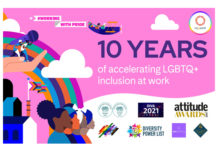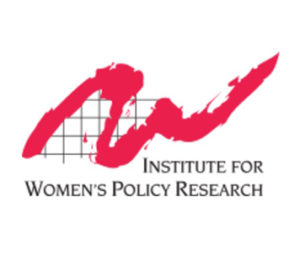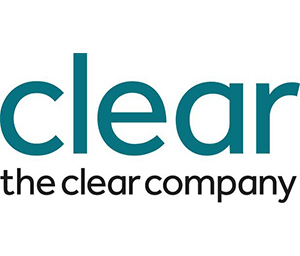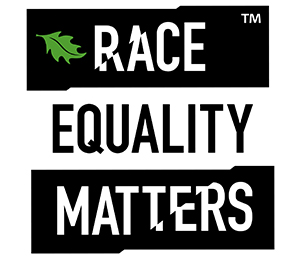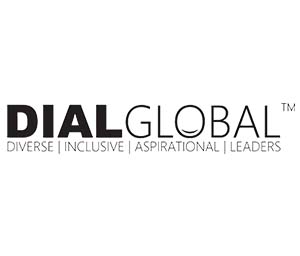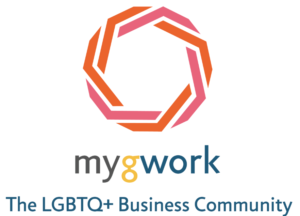Employee stress around the world remains at a historic high, confirmed a new report.
This is despite the fact that other negative emotions related to the COVID-19 pandemic have subsided, revealed Gallup’s latest State of the Global Workplace report. This high level of stress may be due to the recovery itself, as many regions of the world struggle to control high inflation, noted the study. Forty-four percent of employees said they experienced a lot of stress, repeating the record high in 2021 and continuing a trend of elevated stress that began almost a decade earlier.
East Asia, which includes China, tied the US and Canada region for the highest levels of stress. One source of this stress may have been lockdowns in 2022. Young workers and remote workers in East Asia saw extremely high levels of daily stress — 60% and 61%, respectively — making them the most stressed-out workers in the world. The US and Canada saw the highest regional percentage of female employees who experience high daily stress.
Although leaders and managers cannot change external sources of stress, they can make a difference in overall stress in workers’ lives, highlighted the study. Gallup’s analysis found that when employees are engaged at work, they report significantly lower stress in their lives.

EMPLOYEE ENGAGEMENT
Interestingly, the report noted that employee engagement and job opportunities surged globally in 2022, coming back in line with pre-pandemic historical trends on economic development and growth. Twenty-three percent of the world’s employees were engaged at work in 2022, the highest level since Gallup began measuring global engagement in 2009. Although engagement declined in 2020, it has returned to its historically positive trend.
The United States and Canada region saw no gain in engagement or job opportunities, having experienced its jobs recovery and rise in engagement in 2021. The 2022 data show the rest of the world closing the gap with the US and Canada in employee engagement and job opportunities. Much of this gain was due to a 7-percentage-point rebound in engagement in South Asia, which includes India — estimated to become the world’s largest country by population this year. South Asia now leads the world in employee engagement at 33% among those in the region working for an employer.
“Employee engagement will become increasingly important as the globe enters uncertain economic times. Our research has shown that engagement has a stronger effect on organizational performance during a tough economy,” said Jim Harter, Gallup’s chief workplace scientist.
‘QUIET’ AND ‘LOUD’ QUITTING
The report also noted that the majority of the world’s employees are “quiet quitting.” These employees put in the minimum effort required, and they are psychologically disconnected from their employer. Although they are minimally productive, they are more likely to be stressed and burnt out than engaged workers because they feel lost and disconnected from their workplace.
Fifty-nine percent of employees fit into this not-engaged category, while an additional 18% are actively disengaged (loud quitting). Looking at the big picture, low-engagement workers represent an immense opportunity for economic growth. Gallup estimated that not engaged and actively disengaged workers cost the global economy US$8.8 trillion and accounts for 9% of global GDP. For leaders and managers, loud quitting can signal major risks within an organisation that are important not to ignore. Conversely, quiet quitters are often your greatest opportunity for growth and change.

GOOD TIME FOR JOB HUNTING
Fifty-three percent of employees in 2022 said now is a good time to find a job where they live, a sharp increase from the previous year and close to the record high in 2019. Every region of the world but one saw an increase in the number of workers who said it is a good time to find a job. Southeast Asia and Australia/New Zealand saw 22-percentage-point gains for this item, with most other regions also seeing double-digit gains.
The exception was the United States and Canada, which saw no increase in this item in 2022 but had increased 44 percentage points the previous year, and still rates the second highest regional percentage of employees who say now is a good time to find a job.
Globally, over half of employees expressed some level of intent to leave their job. Fifty-one percent of currently employed workers said they are watching for or actively seeking a new job. When people see more job opportunities around them, they are more likely to see another job as a possibility. More competition for jobs leads to more enticing job offers and active recruitment as well.
Gallup data consistently show that engaging employees can create a moat of protection around them. A recent Gallup analysis found that engaged employees require a 31% pay increase to consider taking a job with a different organisation; not engaged and actively disengaged employees, on average, want a 22% pay increase to change jobs.
REMOTE, HYBRID AND ON-SITE WORK
Much has been made about the pros and cons of remote, hybrid or fully on-site work. Some employees find working from home more conducive to focused work, while others find they focus better in the office. The office remains a gathering place for social bonding, development and culture building within organisations. But the flexibility of remote work allows for greater autonomy and wellbeing, which today’s workers highly prize.
With all that said, Gallup analysis finds that engagement has 3.8 times as much influence on employee stress as work location. In other words, what people experience in their everyday work — their feelings of involvement and enthusiasm — matters more in reducing stress than where they are sitting.
“With a massive increase in the work-life blend through more fully remote or hybrid work, the job of managing has never been more complex — and never more important. Fully remote and hybrid employees are more highly engaged than fully on-site employees. But they also report higher stress and a higher tendency to be watching for other jobs. A new essential requirement is reskilling managers to have weekly strengths-based conversations that connect employee goals, priorities and achievements to the purpose of the organisation — its customers,” Harter said.
Click here to access the full report.









